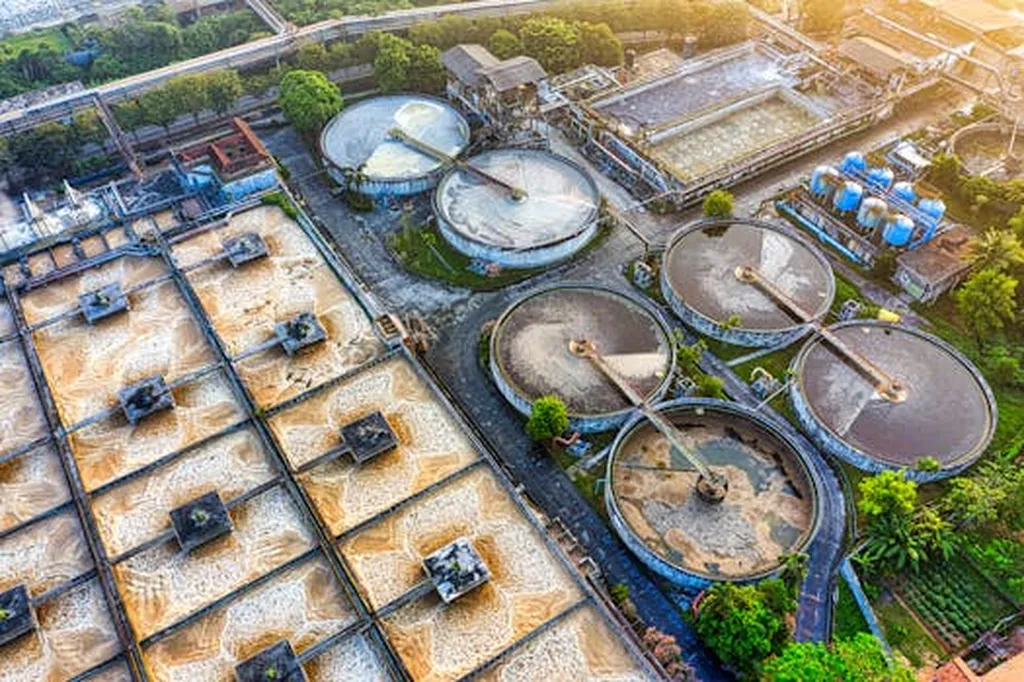In a significant stride towards sustainable energy solutions, researchers have unveiled new advancements in microbial fuel cell (MFC) technology, offering a promising avenue for converting biomass and organic waste into electricity. This breakthrough, detailed in a recent study published in the journal “Biotechnology for Biofuels and Bioproducts,” highlights the transformative potential of nanotechnology in enhancing the performance and efficiency of MFCs.
Microbial fuel cells operate by harnessing the power of microorganisms to convert chemical energy into electrical energy. At the heart of this process are the anode, cathode, and proton exchange membrane (PEM), each playing a crucial role in the efficient functioning of MFCs. The anode facilitates the oxidation of organic matter, while the cathode is where the reduction of oxygen or other electron acceptors occurs. The PEM ensures the transfer of protons from the anode to the cathode, preventing oxygen from diffusing into the anode chamber.
Lead author Tikam Chand Dakal, from the Department of Biotechnology at Mohanlal Sukhadia University, emphasizes the importance of these components: “The anode, cathode, and PEM are fundamental to the operation of MFCs. Innovations in these areas, particularly through the integration of nanomaterials, have significantly improved electron transfer rates and overall efficiency.”
The study also delves into the role of various microorganisms, both naturally occurring and genetically engineered, in facilitating extracellular electron transfer (EET). This process is pivotal for converting the chemical energy stored in organic compounds into electrical energy. The researchers explore different biomass pretreatment strategies, including physical, chemical, and biological approaches, to enhance the breakdown of lignocellulosic biomass and improve energy output.
Optimization techniques such as electrode modification, pH control, and organic loading rate management are also discussed, offering insights into improving the performance of biomass-powered MFCs. The potential applications of MFCs are vast, ranging from bioremediation and wastewater treatment to biosensors and power generation. Notably, MFC-based biosensors show great promise for environmental monitoring and medical diagnostics.
Despite these advancements, challenges such as low power output, biofouling, and high operational costs remain hurdles to large-scale commercialization. To address these issues, the researchers propose innovative strategies, including the integration of nanomaterials, electroactive microorganisms, and advanced membrane designs. These approaches aim to enhance the efficiency and reliability of MFCs, paving the way for a cleaner and more sustainable energy future.
The implications of this research are far-reaching, particularly for the energy sector. As the world seeks to transition towards renewable and sustainable energy sources, MFC technology offers a viable solution that can contribute to reducing our reliance on fossil fuels. The integration of nanotechnology and engineered microbes holds immense potential for revolutionizing sustainable energy generation and biosensing applications.
In the words of Dakal, “The future of MFC technology lies in the continued innovation and optimization of its components. By addressing the current challenges and leveraging the latest advancements in nanotechnology and biotechnology, we can unlock the full potential of MFCs and make significant strides towards a more sustainable energy landscape.”

